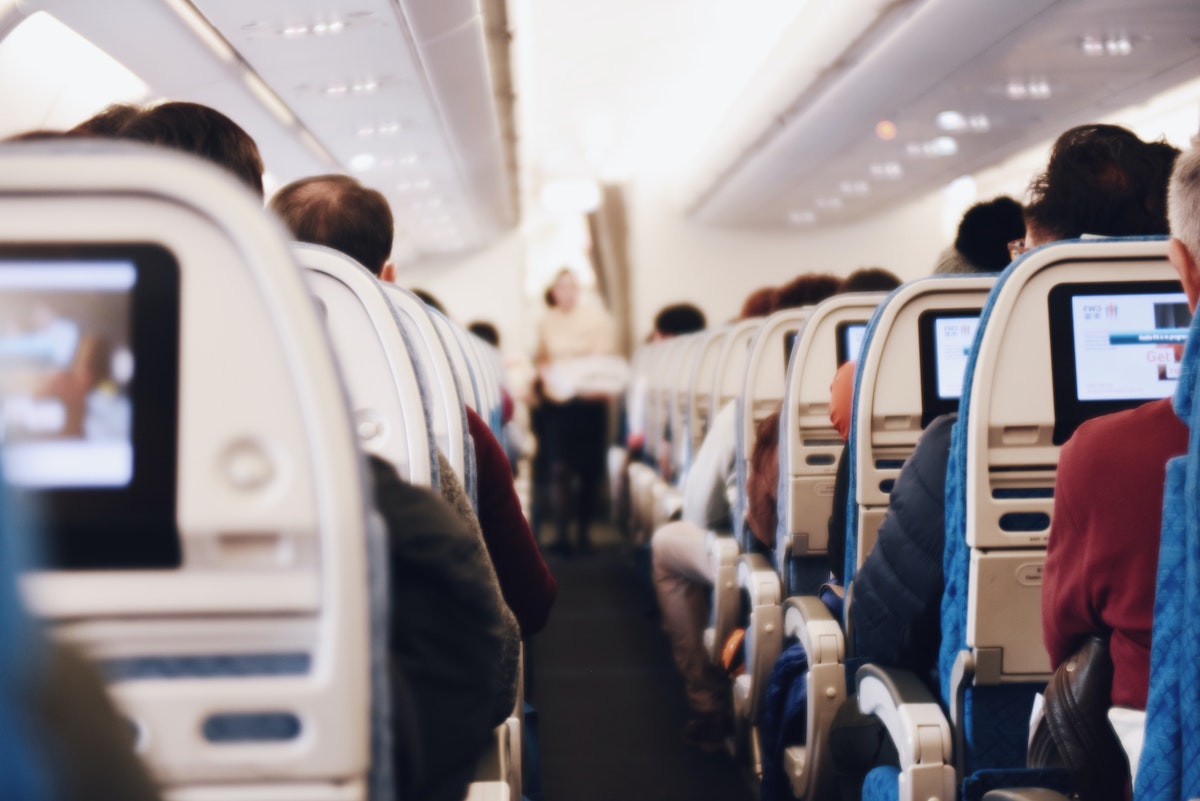Mark Zuckerberg once said that “The biggest risk is not taking any risk…In a world that is changing really quickly, the only strategy that is guaranteed to fail is not taking risks.” Mr Zuckerberg, we humbly disagree – especially when it comes to business travel. In fact, mitigating risk is a successful strategy, and this is where Travel Risk Management practices are required.
Travel risk management is an important aspect of any corporate travel service. It reduces exposure and it doesn’t take much. It helps to ensure the safety and security of your employees while they’re on the road. There are several notable elements to consider when developing a travel risk management plan for your corporation. So, let’s dig in.
Understanding Risk
Understanding the risks of corporate travel is critical for any organization. Organizations can mitigate risk and protect their employees by identifying potential hazards such as political instability, natural disasters, and health pandemics.
To start, it’s important to assess the security environment of a destination before sending employees there. This includes researching the local laws and customs, understanding the political climate, and assessing the risk of terrorism or civil unrest.
Once the security environment has been assessed, organizations should create a travel risk policy that outlines the procedures and protocols their employees should follow whilst travelling. This can include things like booking travel through a designated travel agency, staying in a safe and secure place, and avoiding certain higher-risk areas of the country.
Mitigating Danger
Mitigating the dangers of corporate travel requires a comprehensive approach. Organizations should consider implementing a travel risk policy that outlines the procedures and protocols employees should follow while travelling. This can include things like booking travel through a designated travel agency, staying in safe and secure accommodations, and avoiding certain higher-risk areas of the country.

Communication is an essential part of reducing the risks associated with corporate travel. Establishing clear and effective communication channels can assist in alerting employees of potential hazards and providing them with the correct assistance they may require. These channels would include emergency lines, a travel security hotline, and travel risk management updates.
In the event of an emergency, any prepared organization should have a crisis management plan in place. This should include evacuation plans, medical care options, and contact information for family members. Organizations should also have a media and public relations plan in place to help manage any potential negative publicity. As the saying goes; Fail to prepare, then prepare to fail.
By understanding the risks associated with corporate travel, adopting a travel risk policy, establishing effective communication channels, and having a crisis management strategy in place, organizations can protect their employees when travelling.
Preparing for the Worst
Preparing for the worst is an important and savvy part of corporate travel risk management. Organizations should have a comprehensive emergency plan in place to ensure their employees are safe and secure in the event of an emergency. This includes evacuation plans, medical care options, and family contact information.
Establishing a crisis management team, with the ability to respond quickly and effectively to any potential emergencies, is something all organizations should consider adding to their company. This team should be trained in emergency response and have access to the necessary resources to manage any potential crisis.
Any organization would be wise to set up a media and public relations plan to help manage any potential negative publicity. Having a designated spokesperson who can provide accurate information to the media and respond quickly to any inquiries is part of this. This individual can assist in containing any negative publicity, while also improving the company’s image.
By preparing for the worst, organizations can ensure their employees are safe and secure when travelling.
Staying Ahead of the Game

Corporate travel risk management requires preparation. Organizations must stay current on best practices and protect employee safety while going abroad.
Technology is a major corporate travel risk management trend. AI, machine learning, and predictive analytics can help firms recognize dangers and respond rapidly to catastrophes.
Travel risk management software can help companies follow their personnel, monitor their movements, and alert them to potential security issues. At Worldgo we take risk management seriously and provide our clients with 24/7 peace of mind and the industry’s best technology.
Finally, companies should teach their staff about travel safety and provide them with the resources they need. Employees receive travel security briefings, emergency contact information, and other tools.
5 commonly asked questions about travel risk management
What is travel risk management?
Travel risk management is the process of identifying, assessing, and mitigating the risks associated with travel for an organization’s employees, contractors, or other individuals.
How can we reduce the risk of travel-related accidents and incidents?
To reduce the risk of travel-related accidents and incidents, organizations can implement policies and procedures to ensure safe travel, provide training and resources to employees, and monitor and track travel activities.
What are some common risks associated with travel?
Some common risks associated with travel include health and medical issues, political instability, natural disasters, and crime and violence.
How can we ensure the safety of our employees while they are travelling?
To ensure the safety of employees while travelling, organizations can provide them with emergency contact information, establish protocols for emergency situations, and conduct regular check-ins with employees while they are on the road.
How do we respond to a crisis situation while an employee is travelling?
In the event of a crisis situation, while an employee is travelling, organizations should have a plan in place to quickly and effectively respond. This may include activating emergency response teams, communicating with the employee to assess their safety and well-being, and providing support and resources as needed.